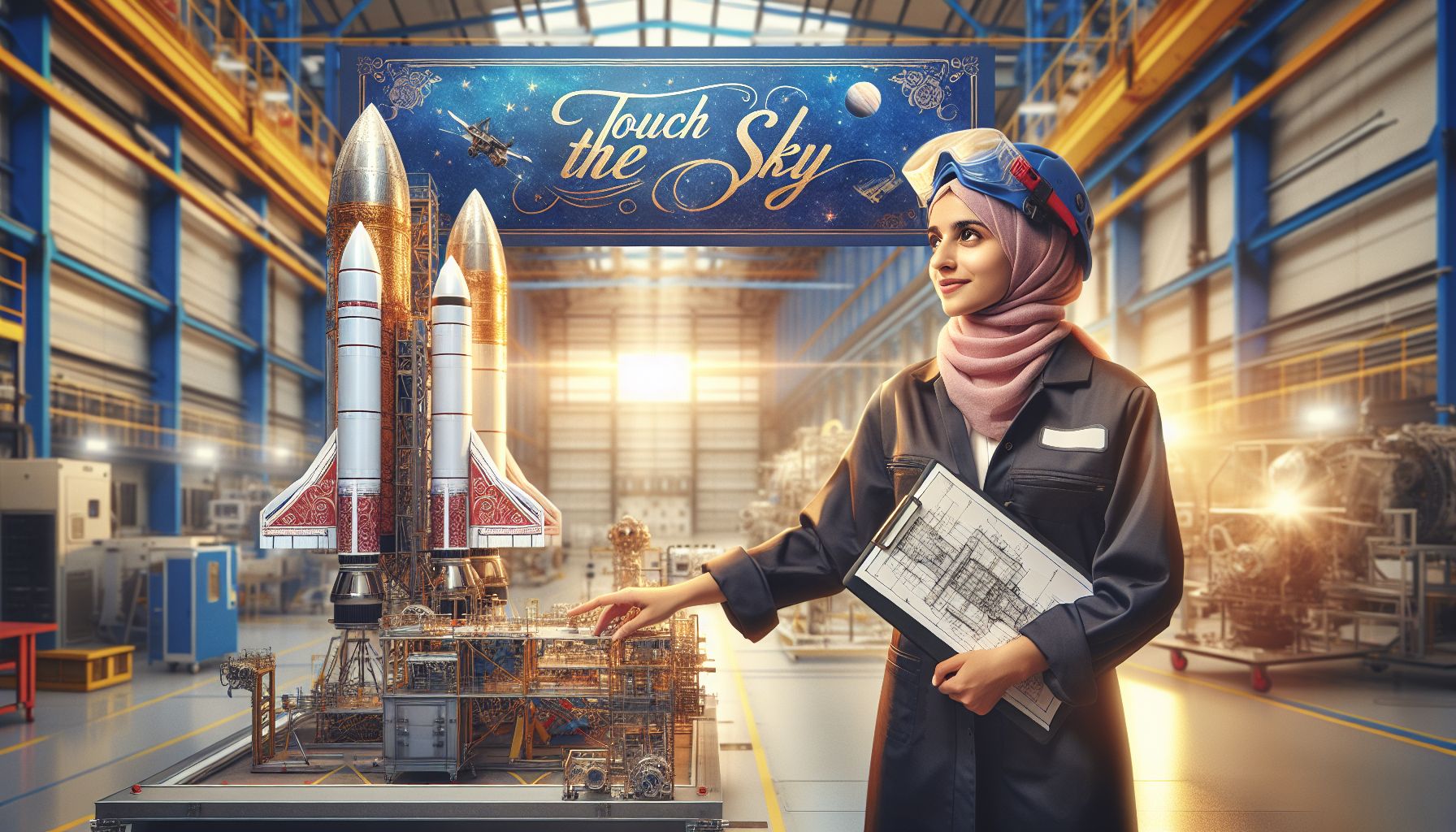📌 Let’s explore the topic in depth and see what insights we can uncover.
⚡ “Did you know you’re more likely to become an astronaut than win the lottery? Dive in to discover how engineering is turning the dreams of space exploration into our everyday reality.”
The dream to fly high and conquer the sky has been a persistent human obsession. From the ancient myth of Icarus to the Wright brothers’ first flight, our species has always yearned to break free from the shackles of gravity and explore the boundless skies. In today’s world, this dream has become a reality thanks to the field of aerospace engineering. Today, we delve deep into this fascinating domain and explore how engineering continues to innovate and transform the world of aerospace. Aerospace engineering, at its core, is about designing, developing, and applying the science behind aircraft and spacecraft. It’s an incredibly complex field, encompassing various disciplines such as mechanical engineering, computer science, materials science, and more. It’s also a field that’s constantly pushing the boundaries of what’s possible, driving us to new heights (quite literally!) in our quest to explore the universe. So, fasten your seatbelts and prepare for takeoff as we embark on an exciting journey to explore the role of engineering in aerospace innovations. 🚀
🛠️ The Building Blocks of Aerospace Engineering

Engineering Dreams Soaring High in Aerospace
At its heart, aerospace engineering is about making things fly. But it’s not as simple as attaching wings to an object and hoping for the best. It’s a science that relies on a deep understanding of various fields of engineering.
**Mechanical Engineering
** 🔍 Interestingly, the backbone of aerospace engineering. It involves the design, construction, and use of machines. In aerospace, this can range from the engines that power an aircraft to the landing gear.
**Materials Engineering
** Aerospace vehicles need to withstand extreme conditions. From the intense heat of reentry to the cold vacuum of space, materials engineers are responsible for developing new materials that can survive these harsh environments.
**Electrical Engineering
** Modern aircraft and spacecraft are packed with electronic systems. From navigation to communication systems, electrical engineers ensure that these systems work reliably in the most challenging conditions.
**Computer Science
** In an age where software is eating the world, aerospace is no exception. From flight control systems to satellite software, computer scientists play a key role in aerospace engineering.
🚀 Innovations Propelling Aerospace Forward
The world of aerospace has seen numerous innovations, thanks to the relentless pursuit of engineers. Let’s explore some of these groundbreaking developments.
The Jet Engine
The jet engine revolutionized air travel. It allowed aircraft to fly faster and higher, opening up the world to mass air travel. It’s a testament to the power of engineering – a machine that sucks in air, compresses it, ignites it with fuel, and then blasts it out the back to propel an aircraft forward. It’s literally fighting fire with fire! 🚀
The Space Shuttle
The Space Shuttle was a marvel of engineering. It was the first reusable spacecraft, able to launch like a rocket, land like an airplane, and then do it all over again. This reduced the cost of space travel and paved the way for the International Space Station and other major space projects.
GPS
Global Positioning System (GPS) is a system of satellites that provides geo-location and time information to a GPS receiver anywhere on or near the Earth. It was originally developed by the U.S. Department of Defense for military navigation but now anyone with a GPS device can receive the radio signals that the satellites broadcast.
👩🚀 The Future of Aerospace Engineering
The future of aerospace engineering is as exciting as its history. Here are a few trends to watch out for:
**Reusable Rockets
** SpaceX has shown the world that not only is it possible to land a rocket back on Earth after launching it into space, but it’s also economically viable. This could significantly reduce the cost of space travel, making it more accessible.
**Space Tourism
** Companies like Blue Origin and Virgin 🧩 As for Galactic, they’re working to make space tourism a reality. While it’s still in its infancy, the prospect of ordinary people being able to experience space travel is incredibly exciting.
**Mars Colonization
** Elon Musk’s SpaceX has its sights set on Mars. The goal is to establish a self-sustaining colony on the Red Planet within our lifetimes. If successful, it would be one of the most significant achievements in human history.
🧭 Conclusion
From the first flight of the Wright brothers to the latest Mars rover, engineering has been the driving force behind our exploration of the skies and beyond. It’s a field that’s constantly pushing the boundaries of what’s possible, challenging us to reach new heights and explore new frontiers. As we stand on the brink of a new era in aerospace, one thing is clear: the sky is no longer the limit. With the advent of reusable rockets, the prospect of space tourism, and the dream of Mars colonization, the possibilities are truly endless. And at the heart of all these advancements is engineering, working tirelessly behind the scenes to turn these dreams into reality. So, the next time you gaze up at the sky, take a moment to appreciate the marvels of engineering that have made it possible for us to touch the sky and beyond. And remember, this is just the beginning. The best is yet to come! 🚀
📡 The future is unfolding — don’t miss what’s next!
